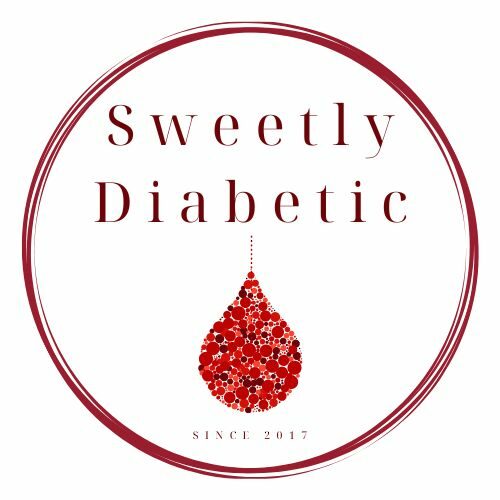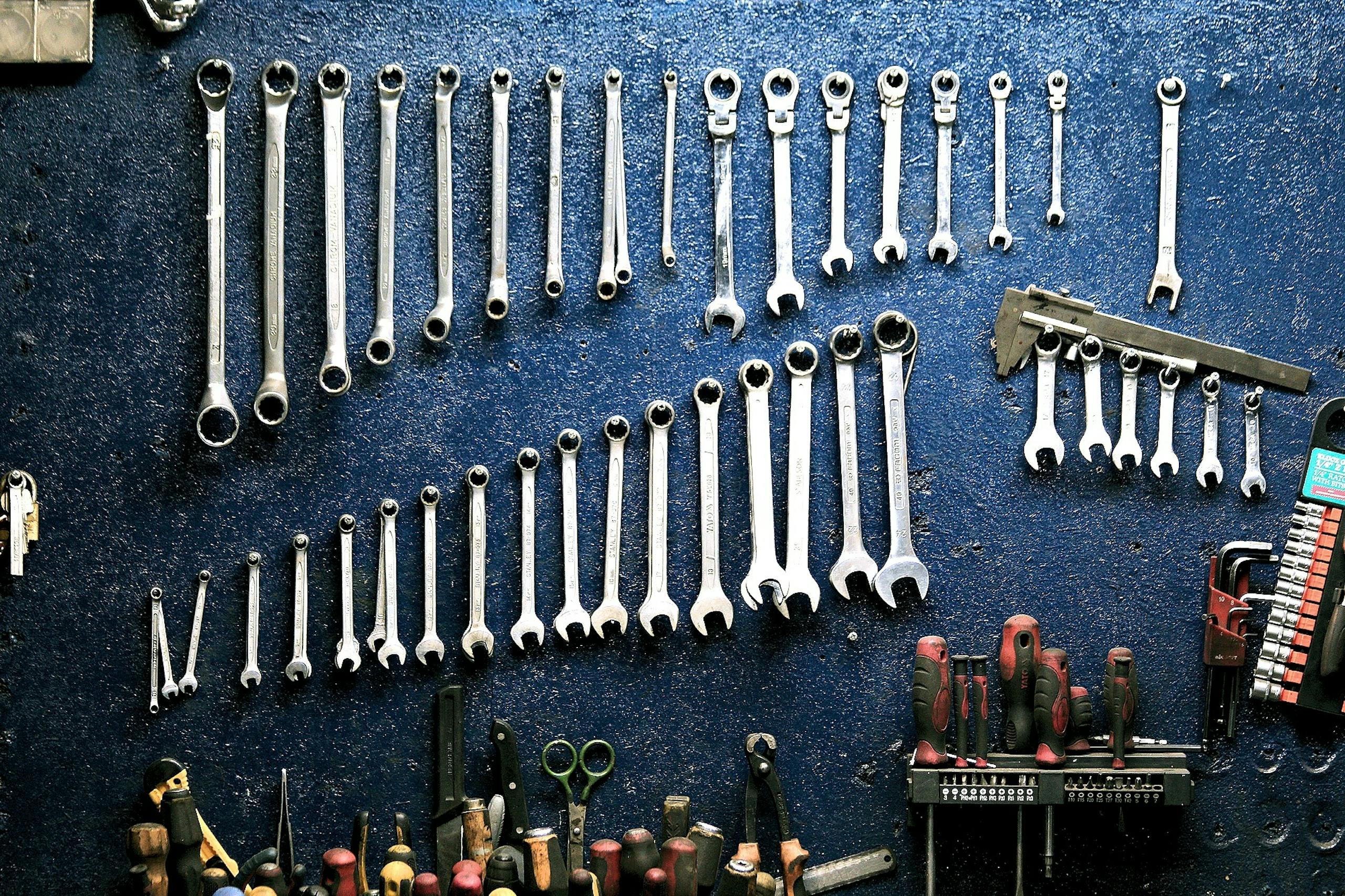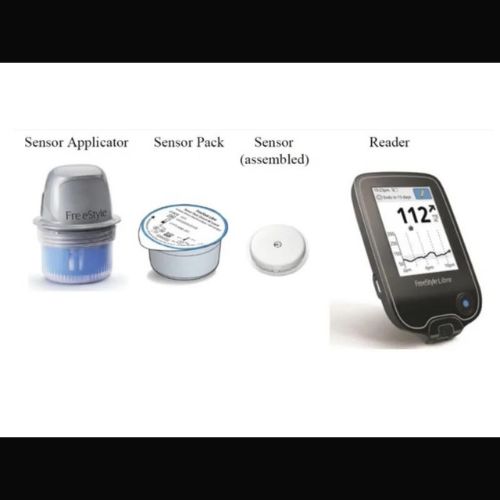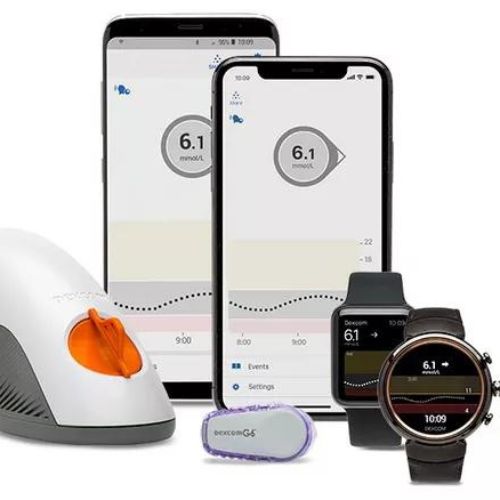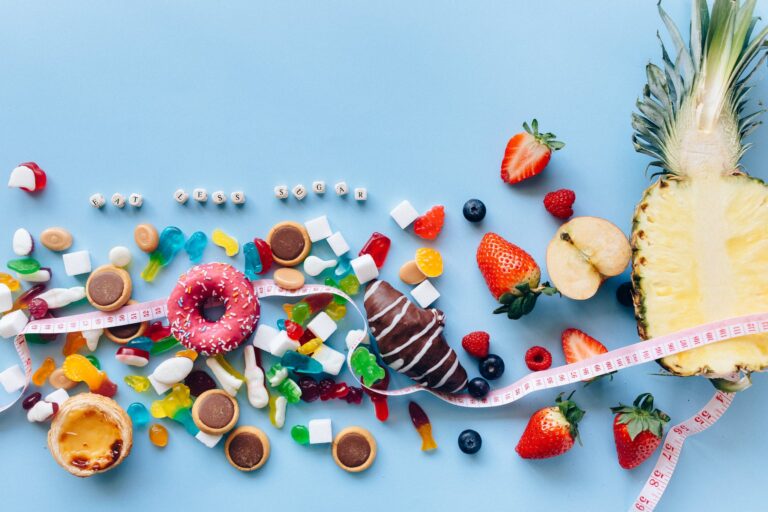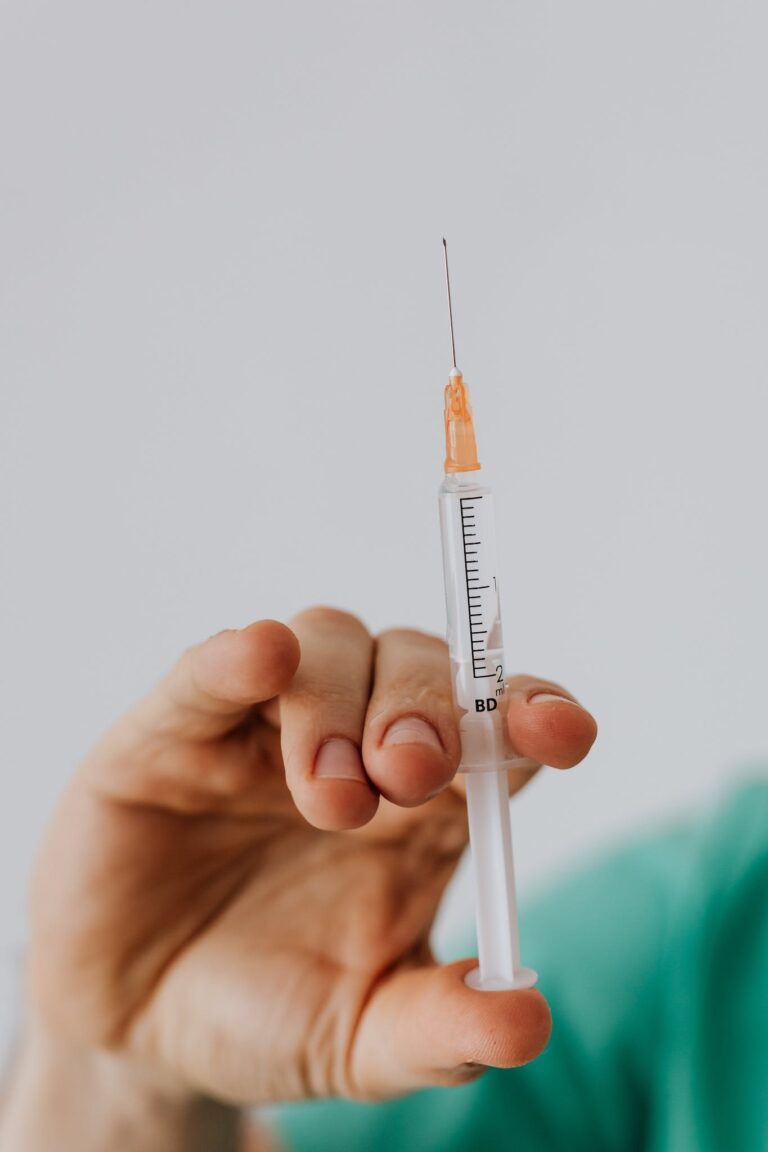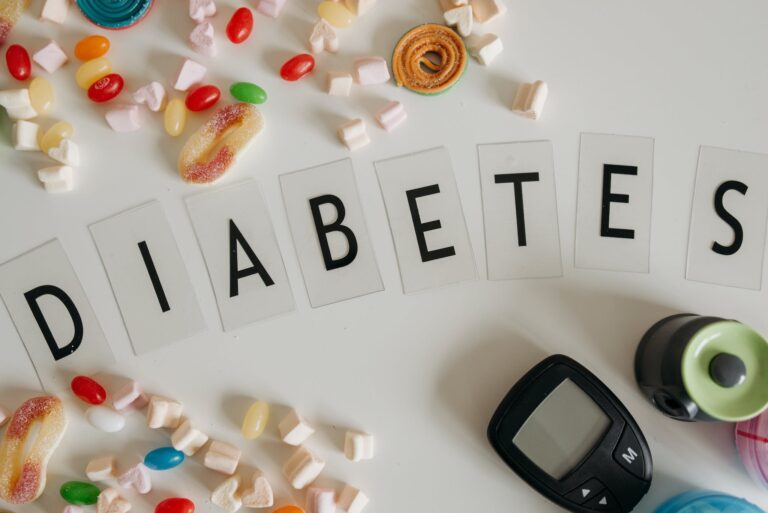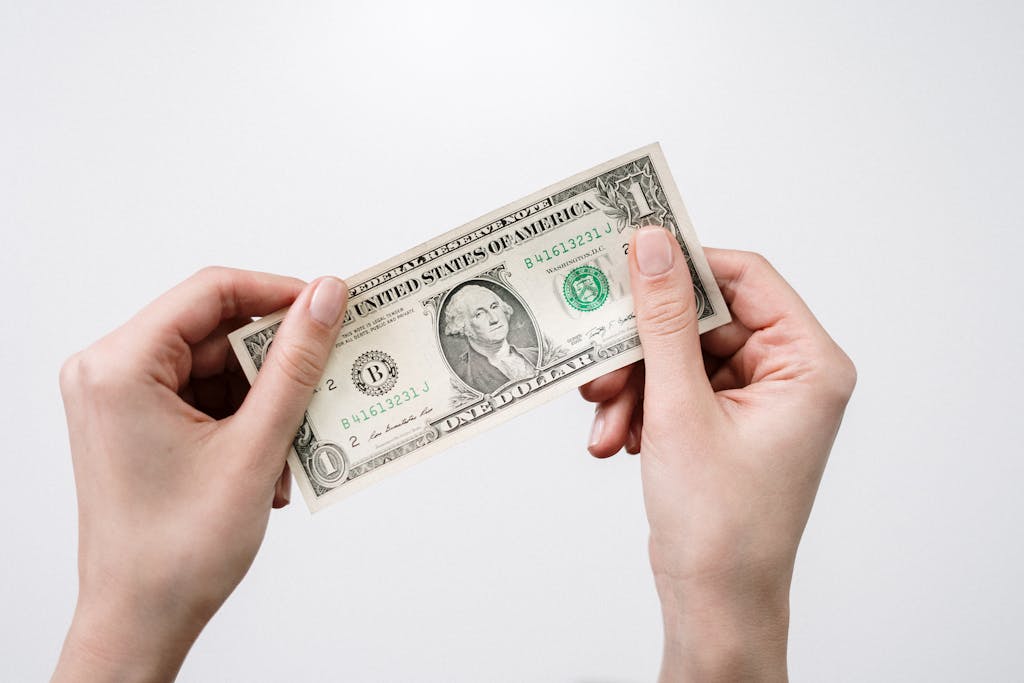Essential Terms and Tools for Managing Life with T1D
Becoming a diabetic at age 35 meant I had to redefine my “normal.” Life would never be the same, but I was determined to live as close to normal as possible. With three young boys (5 months old, 7 years old, and 9 years old), I knew I had to find a way. I allowed myself time to mourn, cry, and process the fact that my body was not functioning properly. My husband, family, and friends were (and continue to be) great support, but I knew it was time to put on my big girl pants, pull it together, and figure things out.
I CAN do hard things.
I quickly learned a new set of terms and concepts I never knew I needed. Here is what I like to call my “Diabetic Dictionary.”
Diabetic Dictionary
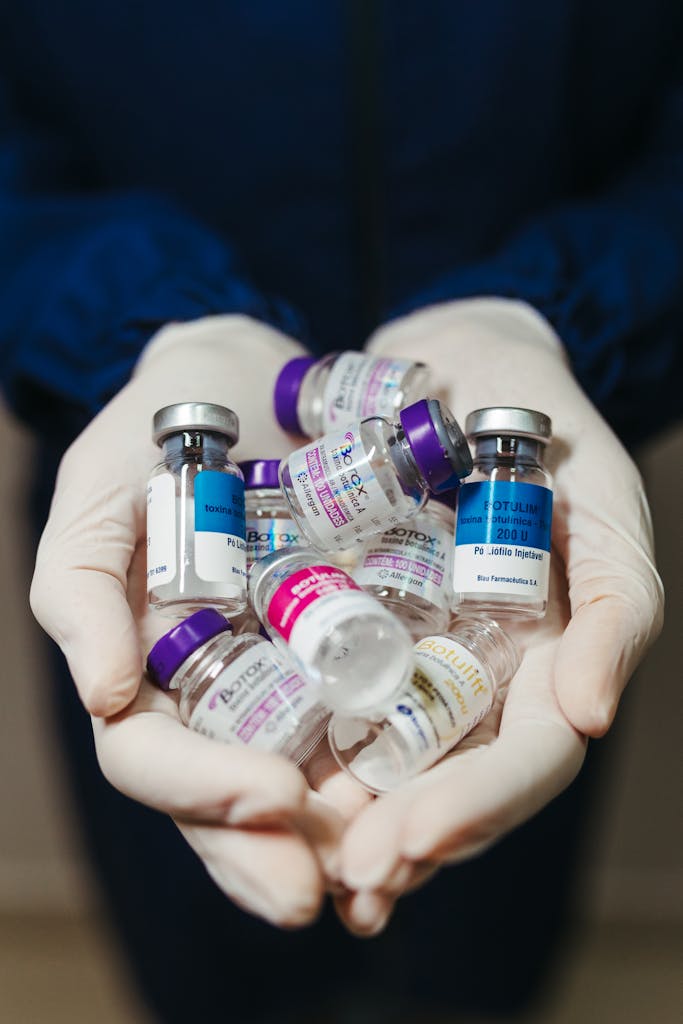
Insulin
A hormone created by the pancreas that controls the amount of glucose in the bloodstream at any given moment.
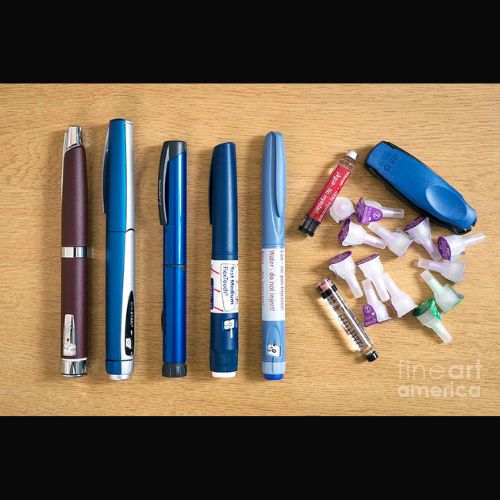
Insulin pen
A device with pre-measured insulin and a dial to adjust the desired bolus. Replacement needle tips are needed for each injection.

Blood Glucose Meter (BGM)
A device used to check blood sugar levels via a finger stick, meter, and test strip.
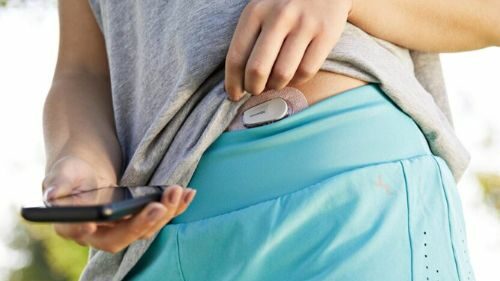
Continuous Glucose Monitor (CGM)
A device that stays attached for 10-14 days and continuously reads blood glucose levels. It provides real-time BG numbers, essential for managing diabetes effectively.

Blood Glucose (BG)
The concentration of glucose in the blood.
- Low: BG/sugar below 80 mg/dL
- High: BG/sugar above 120 mg/dL
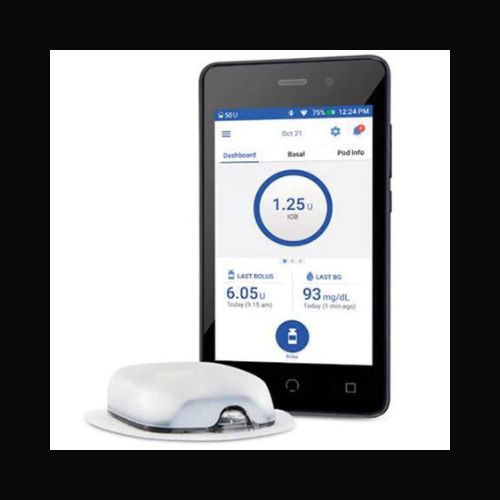
Personalized Diabetes Manager (PDM)
A device where basal and bolus ratios are managed. It calculates the required insulin dose based on carbohydrates entered at meal times and current BG level.

Basal
A low, continuous rate of insulin supply.
- Without a Pump: Diabetics typically administer a basal shot in the morning, which releases insulin throughout the day.
- With a Pump: Insulin is continuously delivered throughout the day. In an integrated insulin pump and CGM system, the basal rate adjusts based on real-time blood sugar levels.
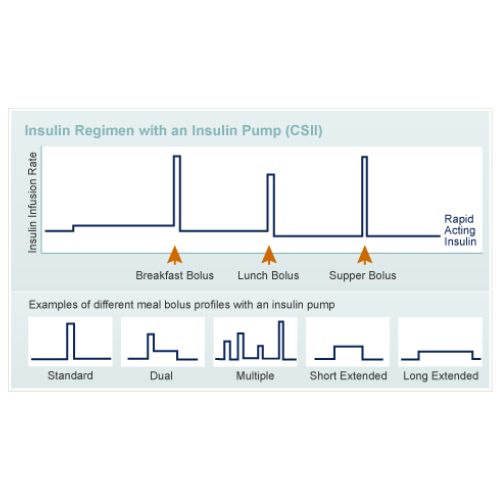
Bolus
Insulin taken at meal times to control blood glucose levels post-meal.
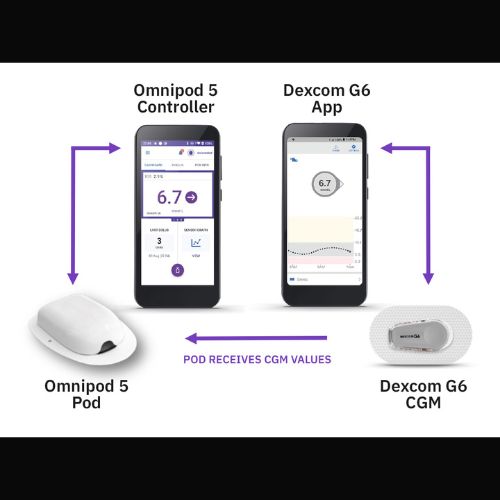
Closed-loop System
An integrated system that automatically adjusts insulin delivery based on real-time glucose readings, maintaining optimal BG levels with minimal user intervention. The pump and CGM communicate via Bluetooth, autocorrecting basal insulin when levels are low and delivering corrective doses when levels are high. This system closely mimics the function of a real pancreas.
Two CGMs I have used
This is a comparison of my experience with each device. Technology is continually changing and this may be outdated soon. Please do your research before choosing a CGM.
| FreeStyle Libre | Dexcom G6 |
|---|---|
| Cheaper | Very expensive |
| Change every 14 days | Change every 10 days |
| Get BG through scanning sensor with your phone or the reader | Get BG through a bluetooth connection on your phone or with the reader |
| Does not work with a closed-loop system | Works with several closed-loop systems |
| 30 min warmup with new sensor | 2-hour warmup with new sensor |
| No low/high warnings | Alarms with lows/highs |
Additional Things I never knew I needed:
- A sharps container
- Small ice packs to carry around with my insulin
- A small bag to carry with me everywhere with juice, pump, and a phone with the CGM app
- Alcohol wipes for pump and CGM changes
- An iPhone with the best battery because my life depends on it
- Needles
- Redundant systems for checking my BG and giving myself insulin
- Anxiety meds
There is so much more to learn, but knowing these terms and concepts will help you better understand life with T1D. These basics are just the beginning. Managing diabetes involves continual learning and adapting to new technologies and treatments. The journey might seem overwhelming, but each piece of knowledge makes it easier.
I am thankful I have the mental faculties to learn new things and make necessary changes. I can overcome challenges and lead a fulfilling life with the right mindset and support.
